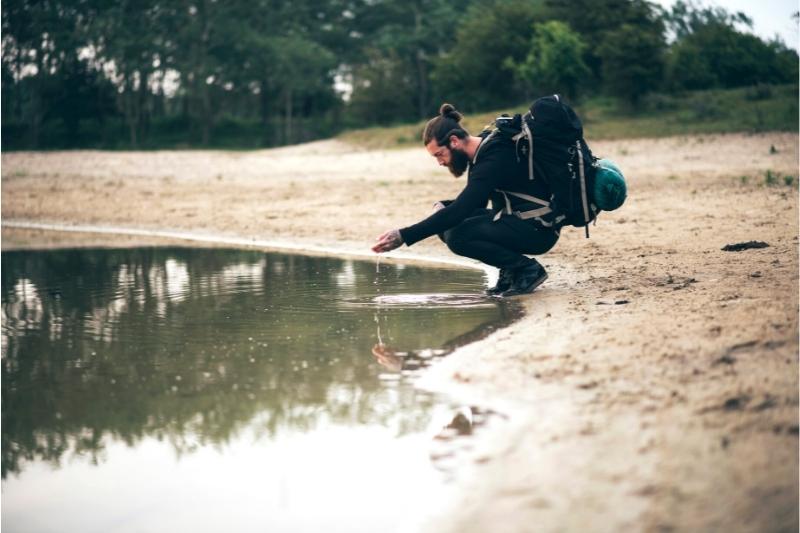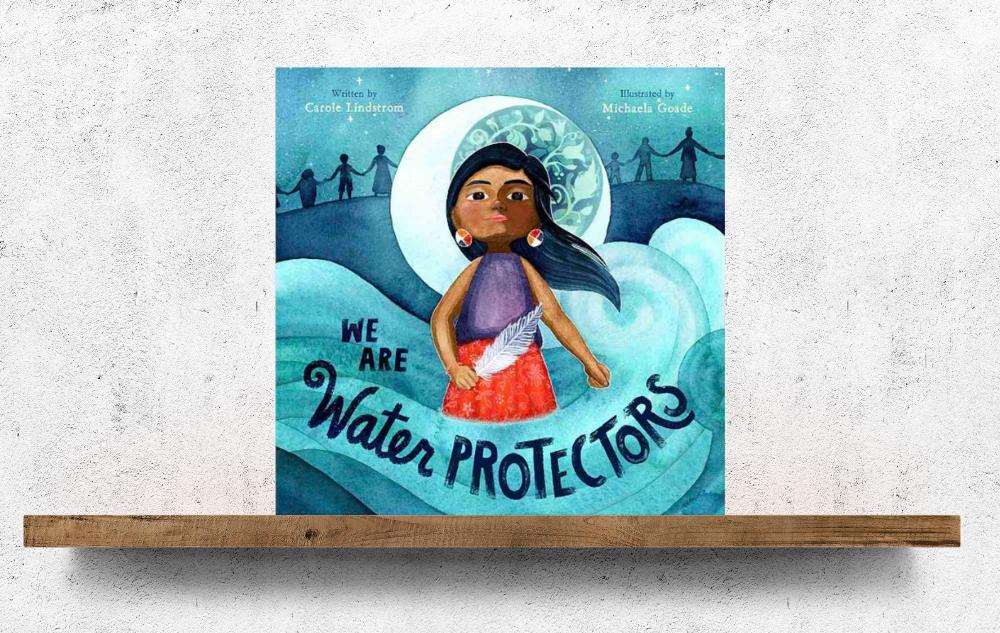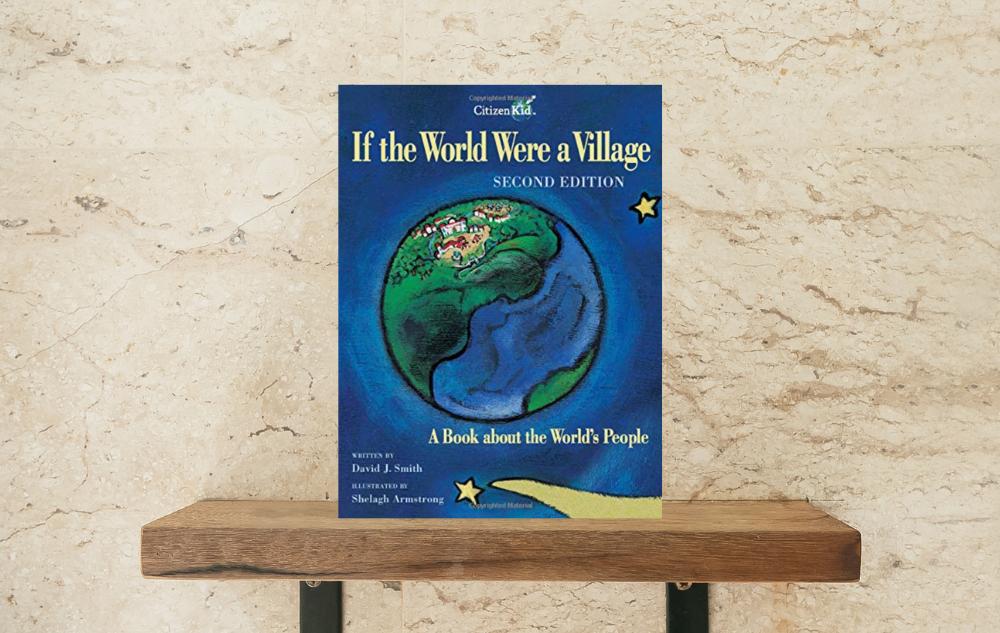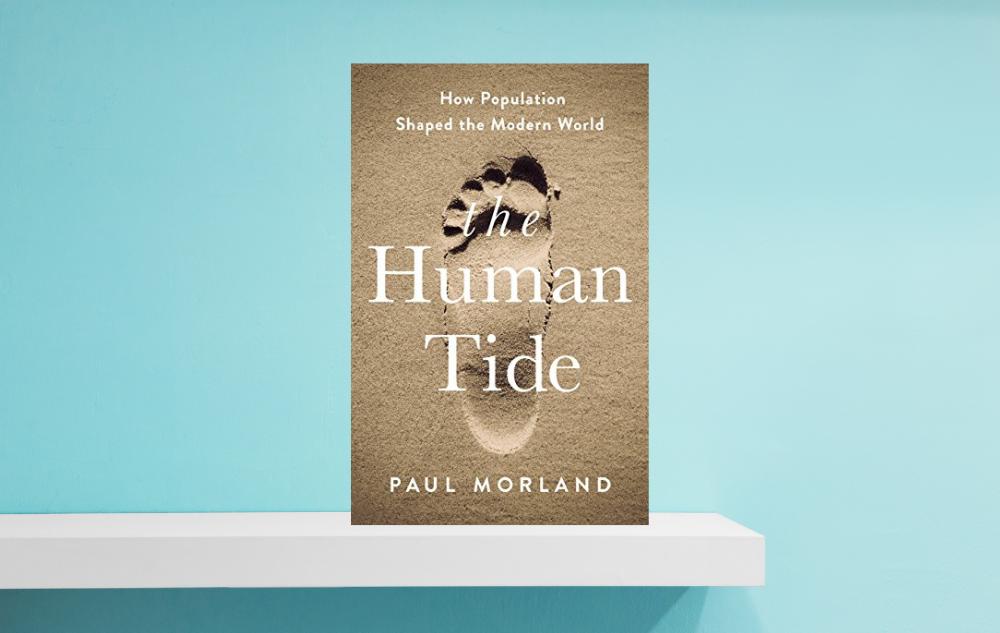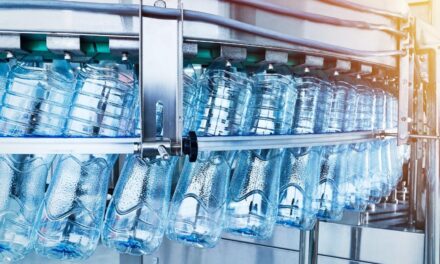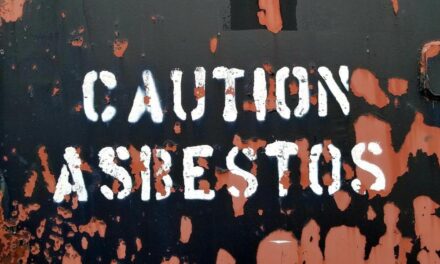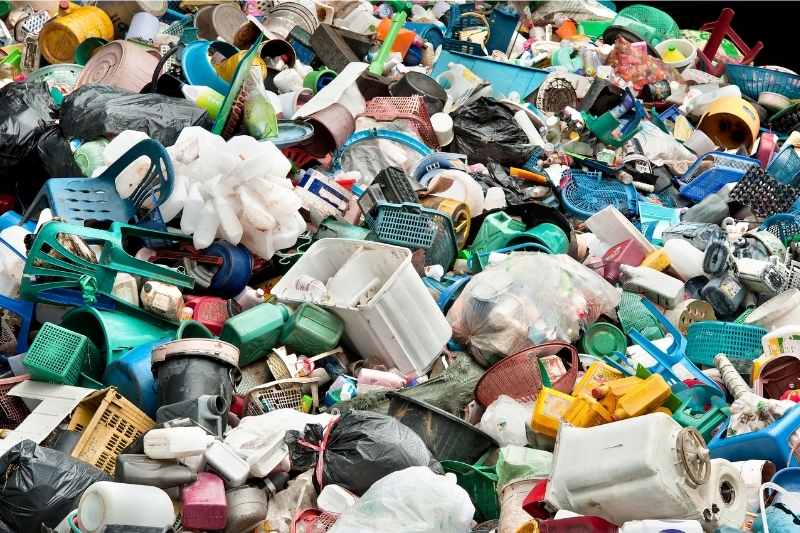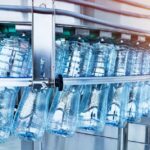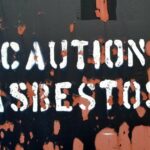Water is essential for life, yet we take it for granted.
Two hydrogen molecules and one oxygen molecule create the mercurial substance that sustains all life. Water is the only natural substance that can be found on Earth in all three physical states (solid, liquid, and gas). Water is precious, but we don’t treat it that way. Our growing demand for water is creating an environmental and humanitarian water crisis across the globe.
With a turn of a knob, clean water runs freely from our faucets as if there is an endless amount. Unfortunately, this is an illusion. Of all the water on Earth, only 3% is freshwater. Of that 3%, only 0.5% of it is available for human usage. Industry, agriculture, and households are demanding more and more water, upsetting the Earth’s delicate balance and causing water scarcity in select parts of the world.
Water risks are one of the greatest threats to our planet and our people today. In this OPL Insight, we will explore water access, water stress, and how pollution and water scarcity affect wildlife.
A shocking 26% — nearly 2 billion people — do not have access to safely managed water, and 46% lack access to basic sanitation.
Of those 2 billion, over 1 billion have a 30-minute trip to collect drinking water. The remaining people do not have access to any safe drinking water. Depending on where you live, and your income, your access to water can be vastly different.
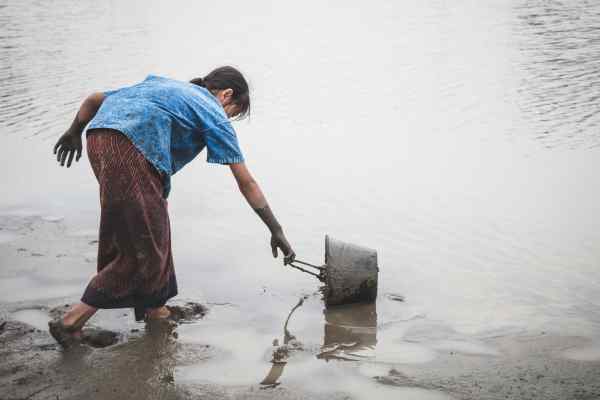
As the OPL Insights below highlight, water inequality is real.
Unfortunately, one’s yearly income and residence location correlates to one’s water access.
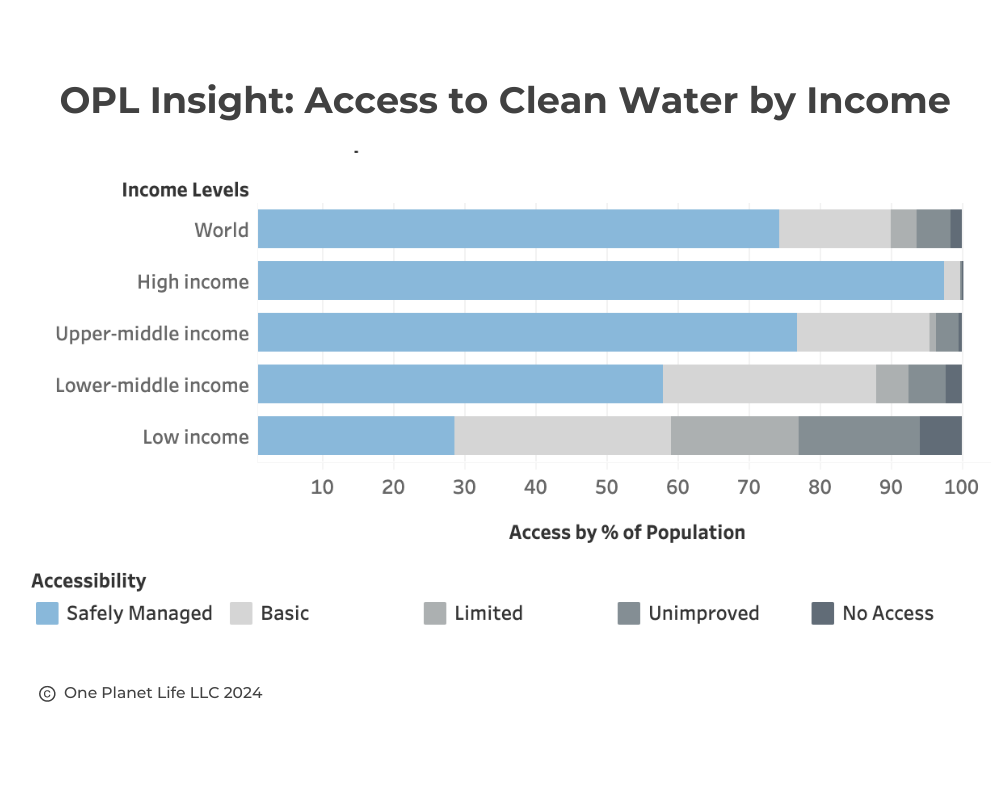
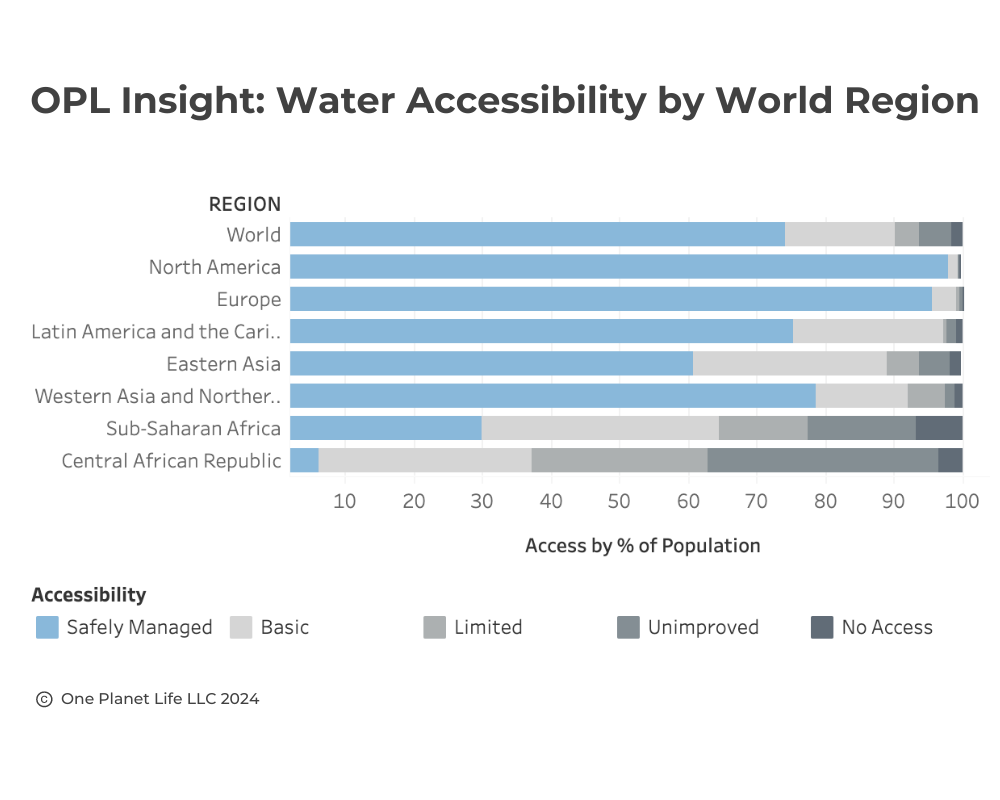
Freshwater is being used faster than it can be replaced.
The average American uses 82 gallons of water per day in their home. This estimate does not include the hidden footprint of everyday items you use every day. Household usage only accounts for 8% of total freshwater demand. Industry and agriculture account for the bulk of freshwater usage, at 59% and 33% respectively. There are ways to perform these activities with much less water, yet we continue to use unsustainable amounts of water year after year.
It takes hundreds of years to replenish groundwater.
We are drawing down too much fresh water, and stressing our global water systems in the process. Climate change worsens the problem by intensifying floods and drought, shifting precipitation patterns, altering water supplies, and accelerating glacial melt and sea-level rise. When water demand overwhelms supply, there are dire consequences.
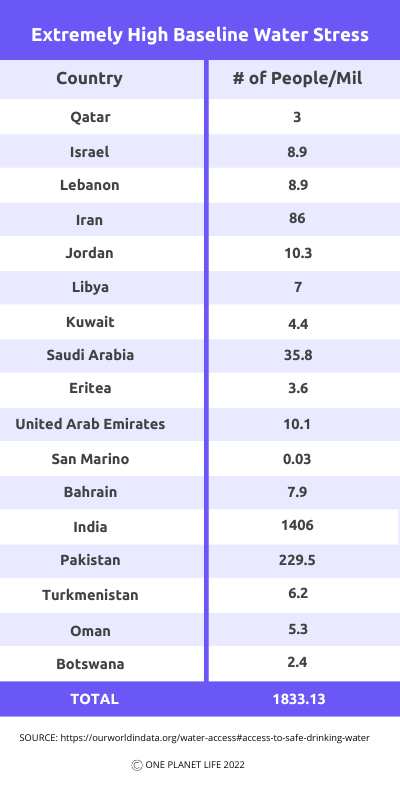
Over 50 million Americans live with some amount of water stress today.
As the chart to the left indicates, 17 countries are already facing extremely high water stress. These countries’ agriculture, industry, and communities use up to 80% of available surface and groundwater each year.
The United States is rated with a low-medium water stress overall, but some communities are experiencing high stress conditions. The water crisis in New Mexico and the Colorado River Basin is becoming dire. Almost all of the watersheds that feed the Colorado River experienced extreme drought in 2022. When we remove water from natural sources and don’t replenish them, those natural sources begin to collapse.
Drought in the Colorado River Basin is a symptom of our greater global climate crisis.
Water can harm when there is too much, too little, or when it is polluted. Increasingly intense weather patterns have brought damaging floods, droughts, and polar winter weather. Water pollution is disrupting ecosystems, affecting freshwater access, and exacerbating our water crisis.
Wildlife and humans ingest a staggering amount of microplastics daily.
Our waterways and oceans are dumping grounds, especially when it comes to plastics. Since 1950, 8.3 billion metric tons of plastic has been produced. Unfortunately, only 9% of plastic gets recycled. The rest ends up in landfills and litters our waterways. Plastic degrades slowly into microplastics, which is then unknowingly ingested by humans and wildlife. Americans consume somewhere between 39,000-52,000 microplastic particles annually, about a credit card’s worth weekly (yes, you read that right). At our current pace, oceans will have more plastic than fish in it by 2050. But plastic is not the only pollution factor affecting our waterways.
A single cotton t-shirt requires 900 days’ worth of drinking water to produce.
The fashion industry is responsible for contributing to our water crisis. A greater demand for cheap clothing has increased water demands dramatically. The water needed to dye and finish clothing is staggering: a single cotton t-shirt can use up to 2,700 liters of water (about 900 days’ worth of drinking water). The fashion industry also uses highly-toxic dyes and synthetic materials to create their clothing, which ends up in waterways after production.
70% of freshwater is used for irrigation, but only 54% of crop yields become human food. 30-40% of that food is later wasted by consumers.
Water demands are greatest in the agricultural sector: 70% of all freshwater is used for irrigation. Freshwater demands and agricultural deforestation have a crippling effect on our planet. Misuse of fertilizer has led to a significant increase in the amount of nitrogen and phosphorus found in waterways. This has allowed toxic algae blooms to thrive, which in turn devastates ecosystems and food chains worldwide.
By letting the byproducts of our daily lives pollute waterways, we are participating in the alarming decline of wildlife globally.
Peter Wohlleben beautifully explains nature’s dependency in his book, The Secret Network of Nature. He describes how trees and bears benefit from nutrients provided by salmon along rivers with low nutrient soil. When salmon swim upriver to spawn, hungry bears and other hunters haul in a meal. When the salmon die, they leave behind a wealth of nutrients and provide up to 70% of the nitrogen found in vegetation along the stream. The Sitka spruce in these areas grow three times faster thanks to this natural salmon fertilizer. It is all connected: the water, the salmon, the bears, and the trees. When we block or pollute rivers, we disrupt the network of nature.
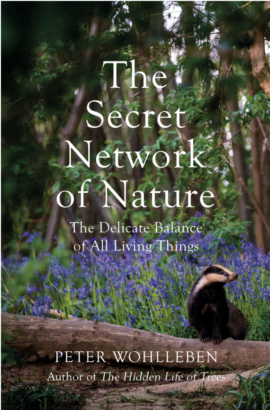
Solving Our Water Crisis
Some of the best solutions to our water problem are nature-based solutions. These include restoration of coastal seagrass, regenerative agriculture, and protection and expansion of forests and natural areas. Reducing pollution, protecting natural areas around waterways, and increasing natural habits benefits all life. Learn more about how you can make sustainable changes for our thirsty planet today. Then get involved and use our app to measure and track Joyful Changes that protect and conserve our water.
It is time to open our eyes to our global water crisis. We must understand the water situation in our world, change our relationship with water, and take sustained action.

